Growing Environmental Awareness
The rising awareness of environmental issues is influencing consumer choices within the Used Cars Market. As sustainability becomes a priority for many individuals, the demand for used vehicles, particularly those with lower emissions, is on the rise. In 2025, it is estimated that approximately 30% of used car buyers are prioritizing eco-friendly options, reflecting a shift towards more sustainable transportation solutions. This trend not only aligns with The Used Cars Market for hybrid and electric used vehicles. The Used Cars Market stands to benefit from this growing environmental consciousness, as consumers increasingly seek vehicles that align with their values and contribute to a more sustainable future.
Rising Consumer Preference for Used Cars
The Used Cars Market is experiencing a notable shift in consumer preferences, as buyers increasingly opt for used vehicles over new ones. This trend is driven by various factors, including the rising costs associated with new car purchases and the growing awareness of the value proposition offered by used cars. In 2025, it is estimated that nearly 40% of car buyers are choosing used vehicles, reflecting a significant increase from previous years. This shift not only highlights the economic considerations of consumers but also indicates a broader acceptance of used cars as reliable alternatives. The Used Cars Market is thus poised to benefit from this evolving consumer mindset, as more individuals recognize the advantages of purchasing pre-owned vehicles.
Economic Factors Influencing Used Car Sales
Economic conditions significantly impact the dynamics of the Used Cars Market. Factors such as inflation rates, employment levels, and disposable income directly influence consumer purchasing power. In 2025, the economic outlook appears to be stabilizing, with a projected increase in disposable income by 3%, which may lead to a rise in used car sales. Additionally, the affordability of used vehicles compared to new ones makes them an attractive option for budget-conscious consumers. This economic backdrop suggests that the Used Cars Market could see sustained growth as more individuals seek cost-effective transportation solutions. The interplay between economic factors and consumer behavior will likely continue to shape the landscape of the used car market.
Increased Availability of Financing Options
The availability of diverse financing options is a pivotal driver for the Used Cars Market. Financial institutions are increasingly offering tailored loan products specifically designed for used car purchases, making it easier for consumers to acquire pre-owned vehicles. In 2025, it is anticipated that the number of financing options will expand by 15%, providing consumers with greater flexibility and accessibility. This trend is particularly beneficial for first-time buyers and those with limited credit histories, as it lowers the barriers to entry in the used car market. Consequently, the Used Cars Market is likely to experience a surge in sales as more consumers take advantage of these favorable financing conditions, thereby enhancing overall market growth.
Technological Advancements in Vehicle Inspection
Technological innovations are playing a crucial role in shaping the Used Cars Market. Enhanced vehicle inspection technologies, such as advanced diagnostic tools and artificial intelligence, are improving the accuracy of vehicle assessments. These advancements enable dealers and consumers to make more informed decisions regarding the condition and value of used cars. In 2025, it is projected that the adoption of these technologies will increase by approximately 25%, leading to greater transparency in the market. As a result, consumers are likely to feel more confident in their purchases, which could further stimulate demand within the Used Cars Market. This trend underscores the importance of technology in fostering trust and reliability in the used car buying process.


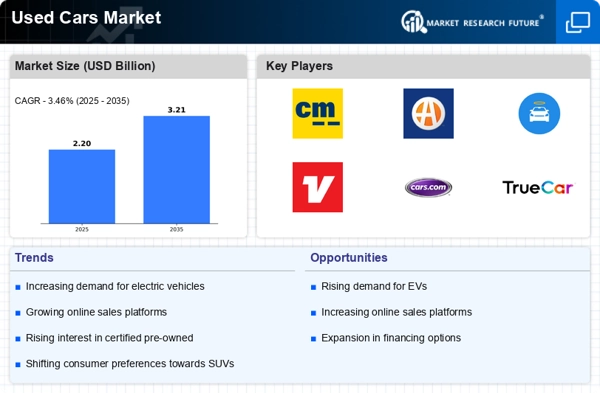
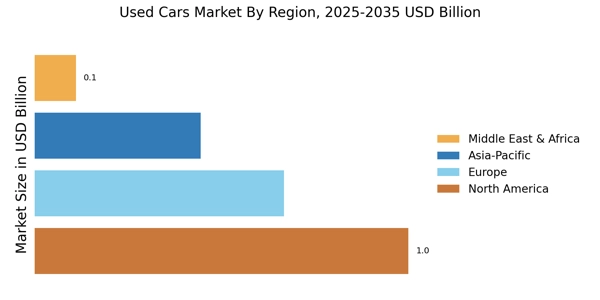
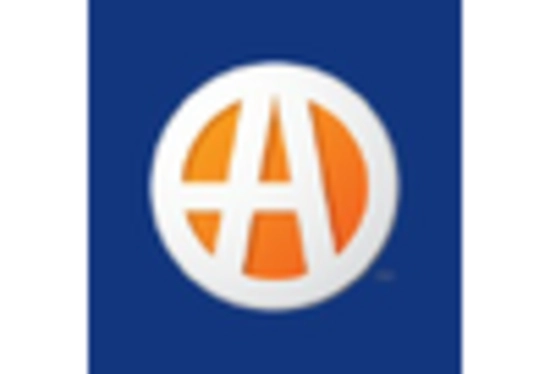
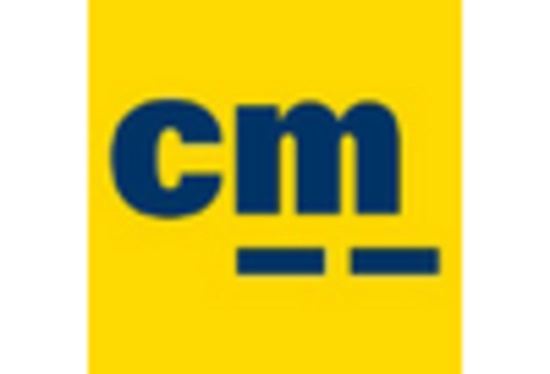
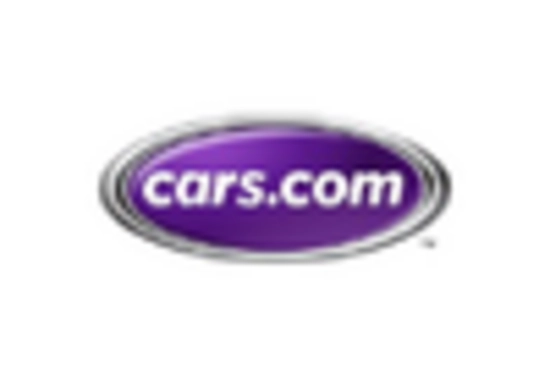

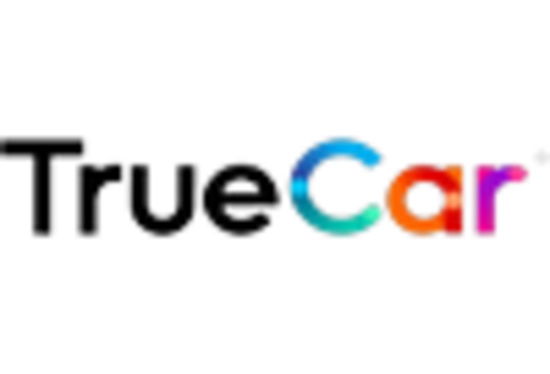
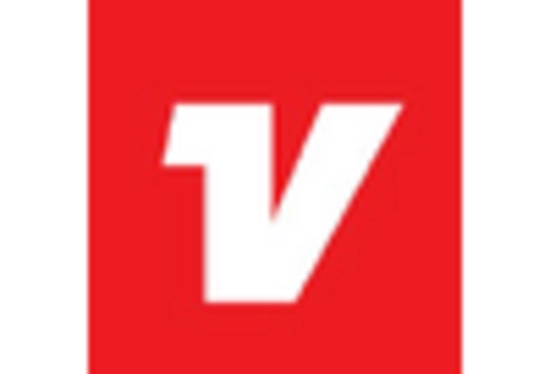








Leave a Comment